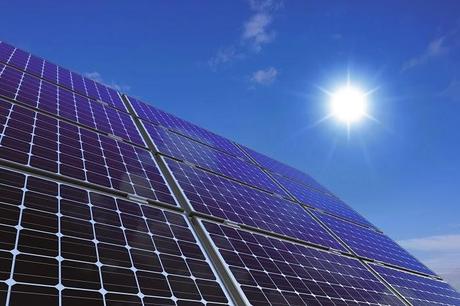
A team of international scientists have developed a new method that may increase the efficiency of solar cells—this method achieves highly efficient broad-band light trapping in thin films.
Theory dictates that capturing much more light increases electricity generation--but how was this done?
The research which further introduces a class of materials called quasi-crystals; which are very advantageous with respect to their ability to capture certain spectrum of light.
Article From The University of York Reads:
The problem with quasi-crystal structures is that their properties are difficult to tailor towards specific applications as they lack the design tools available with periodic structures such as regular gratings. To solve this problem, the researchers created a new structure called a quasi-random structure, which combines the rich spatial frequencies associated with quasi-crystals with the high level of control afforded by periodic structures.
Corresponding author Emiliano Martins, from the School of Physics and Astronomy, University of St Andrews, said: "The control of propagating light is a crucial aspect in photonics. Here, we demonstrate that by a careful design of their Fourier spectra, quasi-random nanostructures can achieve such control very efficiently."
Credit to Study:
Scienctists from the Universities of York and St Andrews, Sun Yat-sen University and the GuangDong Polytechnic Normal University, China, and IMEC (Interuniversity MicroElectronics Center), Leuven, Belgium.
Publication:
Deterministic quasi-random nanostructures for photon control -- Nature Communications: Published 24 October 2013
Story + Study + Image
